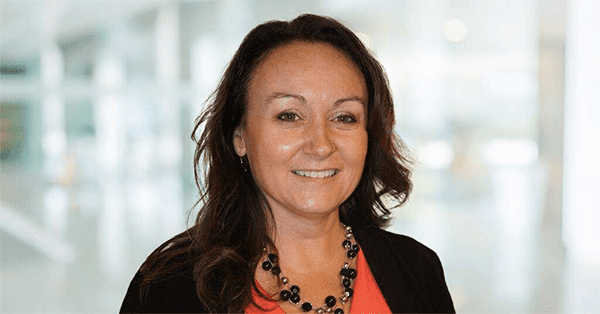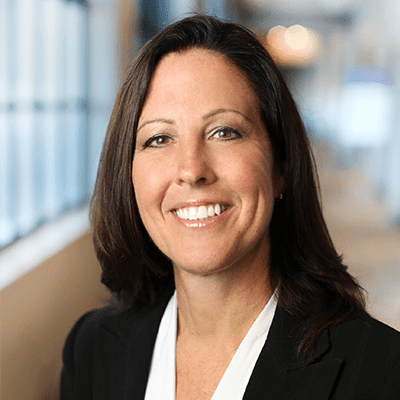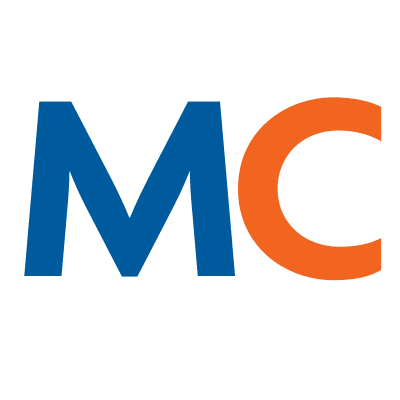- Solutions
- Solutions
- Home Health
- Hospice
- Life Plan Community
- Palliative Care
- Private Duty
- Senior Living
- Skilled Nursing
- Skilled Nursing
- Skilled Nursing Software
- Advanced Insights
- Customer relationship management
- Data and analytics
- Financial & operations management
- Marketing
- Nutrition management
- Referral management
- Regulatory compliance
- Retail management
- Resident engagement
- Revenue cycle management
- Skilled nursing interoperability
- Partners
- Blogs
- Resources
- About
- User Conference

Nourishing longevity: The innovation behind senior nutrition
The United States is aging fast. By 2030, 1 in 5 Americans will be 65 or over. That shift carries more than demographic weight. It comes with a silent crisis, but the right technology can help.
Meals create belonging. They trigger memories. They connect families and communities. For older adults, meals often represent some of the most meaningful moments of the day.
But delivering that experience isn’t simple. A successful senior meals program must balance clinical needs with cultural traditions and personal preferences. That’s where data-driven dining comes in, also known as nutrition informatics. By collecting and analyzing information about dietary intake and preferences, teams can:
- Personalize meals for seniors to match cultural expectations
- Track nutritional intake to spot gaps before they become health risks
- Improve satisfaction by honoring food memories and favorite dishes
The emotional side of dining matters. But so does the science.
This deserves attention, especially during the month of October as we celebrate National Health Education Week (October 13 – 19) and reflect back on Malnutrition Awareness Week (September 8-12). National Health Education Week calls on us to spread knowledge that empowers healthier lives. A few days later, World Food Day (October 16) reminds us that access to safe, nutritious, and sufficient food is a basic human right. Senior meals sit at the intersection of these observances.
In this blog, we explore the science of nutritional needs in older adults, the societal impact of food insecurity, and innovations reshaping senior nutrition.
The science of nutrition in older adults
Aging changes how the body processes and uses nutrients. Appetite often decreases. Metabolism slows. Absorption becomes less efficient. That means meals for seniors need to be more nutrient-dense than ever.
Key nutrients for aging bodies include:
- Protein to maintain muscle mass and prevent frailty
- Calcium and vitamin D to support bone health and regulate sleep cycles
- Magnesium for muscle and nerve function
- Fiber to balance blood sugar and improve digestion
- Omega-3 fatty acids to support brain function and circadian rhythm
- Antioxidants to reduce inflammation and oxidative stress
When nutrition for seniors falls short, the risks are serious:
- Frailty and falls
- Cognitive decline
- Immune dysfunction
- Poor sleep quality
In one study of 334 nursing home residents, 72% were classified as poor sleepers. Diet is not the only factor, but it is a powerful one. A thoughtfully designed senior meals program can improve energy, cognition, and quality of life.
Food insecurity and its ripple effects
Food insecurity is often discussed at the household level, but it also exists within senior living settings like skilled nursing facilities and life plan communities. Here, the challenge isn’t always about access to food. It’s about access to the right food, delivered consistently, within the constraints of accurate information, rising food costs, and staffing shortages.
When senior meals fall short in these environments, the consequences ripple outward:
- Higher risk of malnutrition that leads to frailty, falls, and longer recovery times
- Increased hospital readmissions that strain residents, families, and providers
- Greater dependence on healthcare systems as nutrition-related conditions escalate
- Rising costs for facilities and payors tied to avoidable complications
- Reduced resident satisfaction and independence, undermining quality of life
Senior care is at the front lines of this issue. Organizations must balance nutrition standards with regulatory requirements, budget realities, and the personal preferences of residents. It’s a delicate equation.
This is where the connection to World Food Day becomes especially clear. Food security isn’t just about global hunger, it’s about ensuring residents in senior care settings receive meals that are safe, nutritious, and aligned with their individual needs. Supporting strong senior meals programs helps reduce healthcare costs, improve outcomes, and build communities where older adults can truly thrive.

Meal challenges in senior care
As demand grows, senior meal programs face mounting challenges. Recent surveys reveal:
- 25% report a decreased budget
- 78% report a stagnant budget
- 44% manage two or more dining venues
Other obstacles include:
- Staffing shortages
- Rising food costs
- Limited system integrations
- Complex dietary customization
- Menu management strain
- Resident satisfaction management
And yet, dining leaders remain committed. They report that:
- 93% prioritize menu customization
- 95% focus on special dietary needs
- 99% emphasize menu variety
The message is clear. Even with tight budgets, meals for seniors must be personalized, nutritious, and enjoyable.
Tech-enabled nutrition tracking
Technology is changing the game in senior nutrition, allowing providers to focus on critical risk areas including:
- Food allergen management
- Food preference automation
- Menu development for specialized diets
- Cost control with AI forecasting
- Preparation aligned with expected demand to minimize waste
- Choking situations and how to avoid them
Adoption requires user-friendly design, clear education, and staff buy-in. But the potential for reducing risk can be significant.
Committed to nourishing longevity
Senior nutrition is a cornerstone of healthy aging, independence, and dignity. As we recognize National Health Education Week and World Food Day, there are steps we can all take:
- Support local senior meals programs through donations or volunteering
- Advocate for policy change that funds meal delivery for seniors
- Educate families and caregivers about the unique nutritional needs of older adults
We believe technology should make it easier to deliver meals for seniors that are nutritious, personalized, and satisfying. That’s why MealTracker offers:
- Smarter profile management: Searchable profiles that surface critical dietary details instead of burying them in notes
- Streamlined menu and nutrition planning: Centralized tools that make it easy to customize and match meals for seniors
- Superior usability and support: An intuitive interface backed by responsive, live support
- Cost management: Tools to avoid over-production and control food waste
Nourishing longevity requires more than calories. It requires science, innovation, and compassion. Together, we can make nutrition for seniors a national priority.
Request a demo today for a closer look at MealTracker.
Amy Wootton
Amy Wooton, RDN, is a registered dietitian licensed in the state of Florida with over 18 years of experience in clinical nutrition leadership for senior communities as well as acute care, food service management, nutrition informatics, and wellness education. Amy is an active member of the Academy of Nutrition and Dietetics, was appointed Vice Chair on the Interoperability and Standards Committee, and is the leader of the Academy’s Nutrition Care Process Workgroup. Amy most recently accepted a Leadership Award from the Florida Academy of Dietetics. She has achieved years of diversified experience in all spectrums and disease improvement and prevention throughout each lifespan. Amy is a dedicated leader and is passionate about the success of nutrition interventions as an electronic solution to healthcare crises.
Related Posts


See MatrixCare in action
Start by having a call with one of our experts to see our platform in action.
MatrixCare offers industry-leading software solutions. Thousands of facility-based and home-based care organizations trust us to help them improve efficiency and provide exceptional care.
© 2025 MatrixCare is a registered trademark of MatrixCare. All rights reserved.






